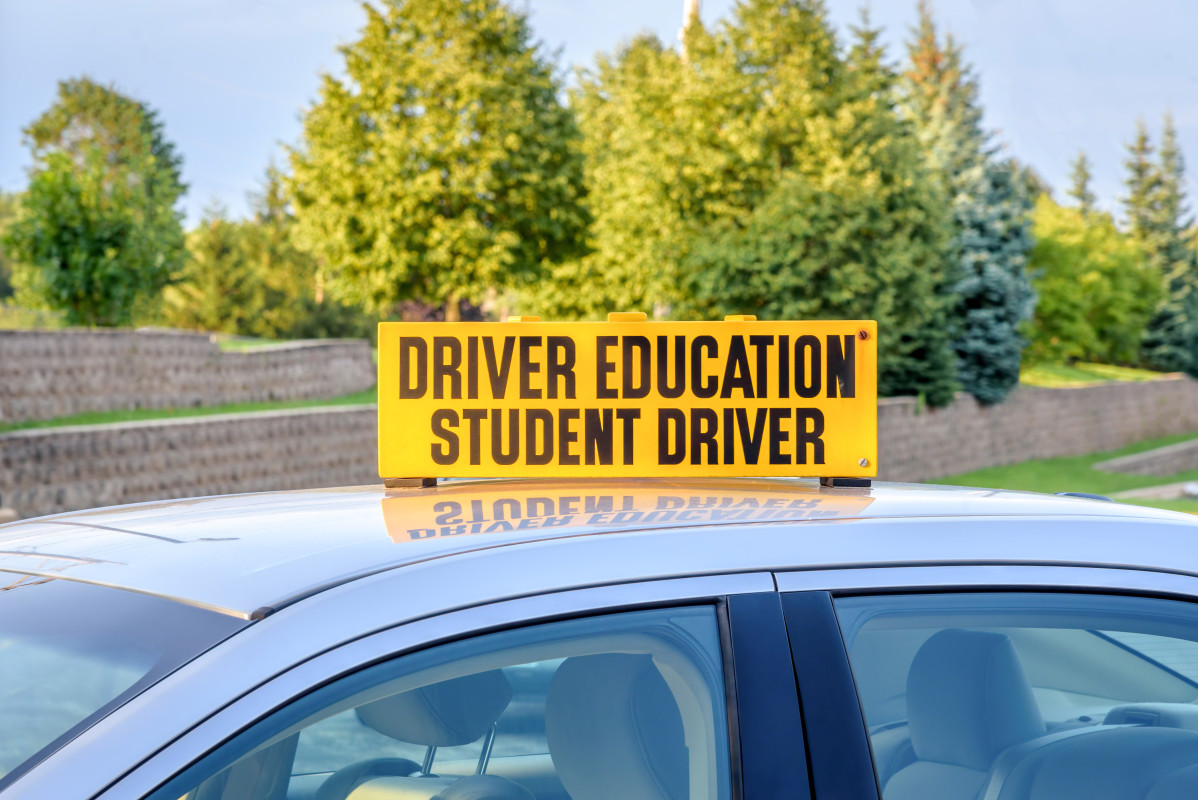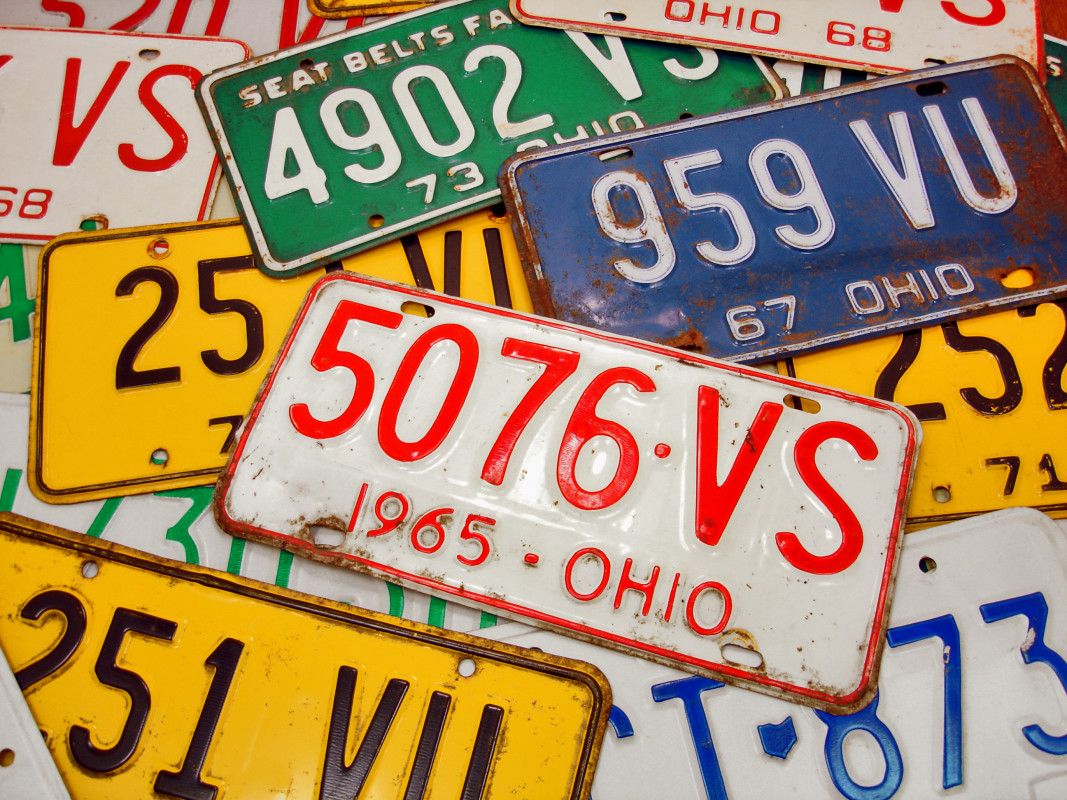Troubling stats prompt Ohio to ramp up driver’s license requirements
Ohio’s Governor, Mike DeWine, has signed the state’s $60 billion biennial budget bill, which includes a new requirement that residents under 21 complete driver’s education training before getting a license, effective September 28. Previously, the driver’s education requirement was limited to 16- and 17-year-old Ohio residents, with those aged between 18 and 20 able to opt out or take a shorter course. Those who opted out and failed the road test would be required to take an abbreviated training course, consisting of four hours of classroom instruction and four hours of behind-the-wheel training, to retake the test.
Now, anyone under 21 in the state needs to complete a driver’s education course, along with 50 hours of supervised practice. Lawmakers were prompted to make changes after the Ohio Traffic Safety Office found that in 2024, 58% of fatal crashes in the state caused by teen drivers involved 18 or 19-year-olds. The Ohio Department of Public Safety notes that last year, 97 fatal crashes involved a teen, about 70% of which were the fault of a teen driver. Research led by the Center for Injury Research and Prevention at Children’s Hospital of Philadelphia reports that drivers under 18 who had completed the driver’s education requirement were less likely to experience a crash than exempt 18-year-olds.

Getty
DeWine said, “We have so many young people turning 18, never taking driver’s training, they go in and ultimately, after many failures, pass. Not acceptable,” according to The Statehouse News Bureau. Ohio’s Governor had also wanted to bring driver’s education back to high schools—a funding proposal that didn’t make the final budget. Instead, the budget includes a provision that allows high school students to excuse themselves from eight hours of school to attend private instruction. The budget even maintained grants from the previous budget, helping low-income students receive training.
Ohio locals have mixed reactions toward the new license requirement
An Ohio resident named Dustin stated that some students would wait to get their driver’s license until 18 to avoid taking driver’s education, but waiting until 21 makes this avoidance more difficult, WHIO-TV reports. Still, some Ohio locals said on social media that they waited until 18 to get their license because they didn’t have money for courses, according to NBC4 Columbus. Most Ohio driving schools charge around $100 for 24 hours of classroom instruction, and between $300 and $400 for eight hours of behind-the-wheel training. According to 10TV, another Ohio resident, Molly, 16, described how the state’s rigorous training process helped her feel more confident behind the wheel, stating: “I would have no idea what to do [without the education]—the road signs, the traffic, the roundabouts, four-way stops. It all scares teenagers.” Molly noted that her online education course took six or seven months, along with eight hours of in-car training.

Getty
Final thoughts
Ohio is making the right move here. Using data to require 18-to 20-year-olds to take an education course previously limited to those under 18 closes a loophole that could be used to streamline the process and lower driving skills. The budget also maintains driver’s education grants for low-income students and allows high school students to be excused from eight hours of school to attend private driving instruction, helping to minimize scheduling conflicts.